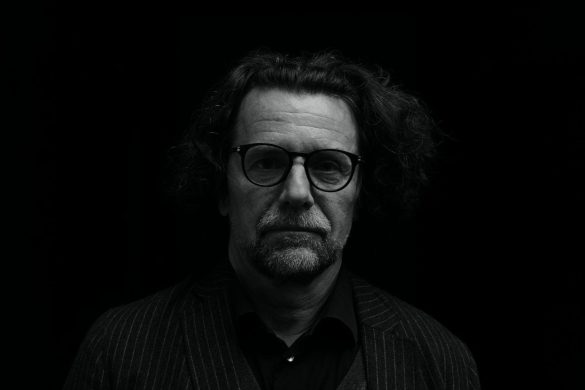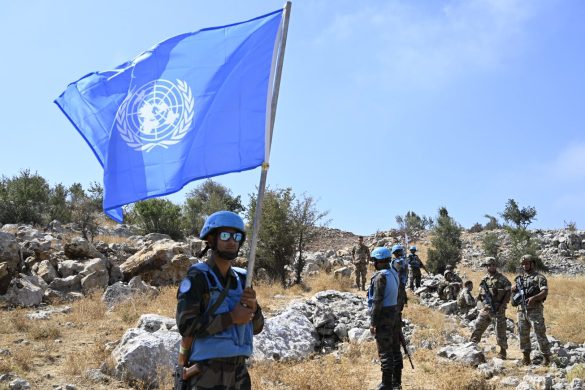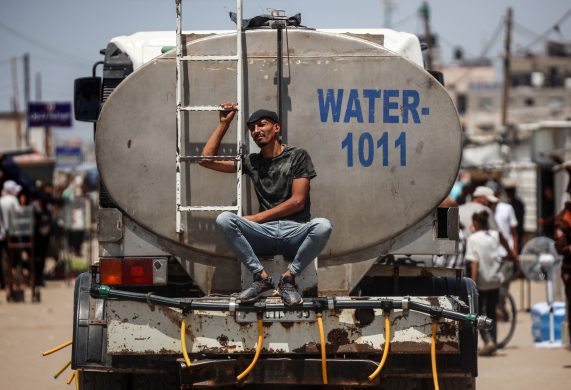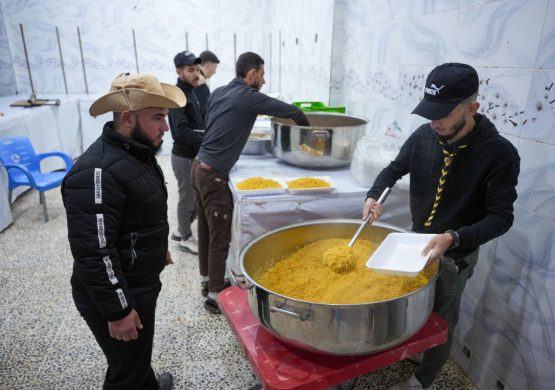A team of Israeli, Jordanian and Palestinian environ-mental scientists says large stretches of the biblical river could dry up by 2011. And much of what remains is nothing but a canal of sewage, they stated in a report released Monday.
The famed river “has been reduced to a trickle south of the Sea of Galilee (Genezareth sø), devastated by overexploitation, pollution and lack of regional management,” Friends of the Earth, Middle East (FoEME) said in the report. More than 98 per cent of the rivers flow has been diverted by Israel, Syria and Jordan over the years.
“The remaining flow consists primarily of sewage, fish pond water, agricultural run-off and saline water,” the environmentalists said in the report presented in Amman. The river and its tributaries are shared by Israel, Jordan, Syria and the West Bank (Vestbredden/Palæstina) .
To breathe life into the dying Jordan River and preserve the natural and cultural heritage site, the FoEME Monday launched the Jordan River Rehabilitation Project, under which 400 million cubic metres (mcm) of freshwater will be channelled into the river, an amount which will increase to 600 mcm over time.
In order to functi-on as a healthy ecosystem, the river also requires one minor flood (oversvømmelse) annually and reduction of the rivers salinity (saltholdighed).
Jordan is working on the Red-Dead Sea Canal Project (mellem Røde Havet og Det døde Hav) seeking to ad-dress the environ-mental problems on the one hand, and produce power on the other.
The pollution in the Jordan flows into the Dead Sea, which itself is under threat and has shrunk by 30 per cent in the last 50 years.
Environmentalists want the United Nations to protect the river – a holy site for Christians, Jews and Muslims – by placing it on the UNESCO World Heritage list.
Kilde: www.worldbank.org














